rear end collision fault nsw
After an accident you or one of the other drivers may be given a fine also known as a ticket penalty notice or infringement notice or may be charged with a driving offence. These can happen in several ways with the most common involving driver.
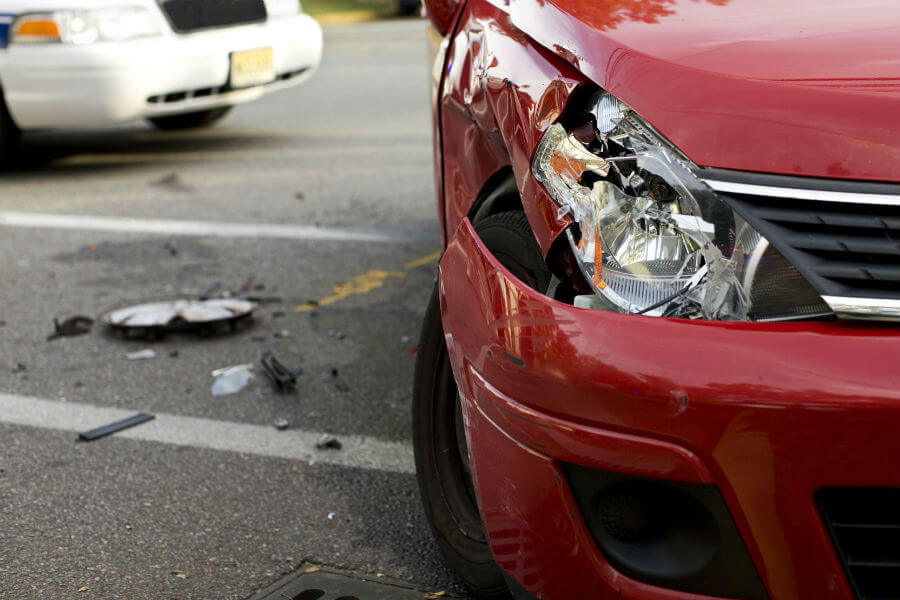
Determining Fault For A Crash When Merging Or Changing Lanes
Here are some examples of situations in which the front-end driver may be held responsible or partially responsible for a rear-end accident.
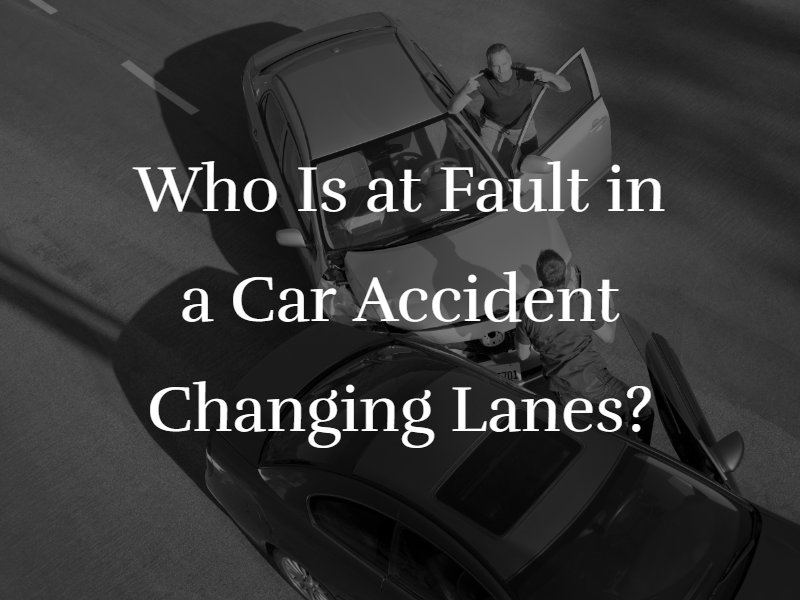
. Common causes of rear-end accidents include. It is possible to be on the receiving end of a rear-end collision and still wind up bearing some or even a substantial portion of the liability. A rear-end domino collision involving more than two cars is known as a pile-up.
Deciding whos at fault in a rear-end collision comes down to the legal term negligence which basically means a driver fails to act in a reasonable manner on the road. Click here to learn more about determining fault. Rear-end crashes are among the most common types of car accidents.
The front driver pulls out in front of. These types of accidents can be extremely dangerous since if youre. Rear end collisions are a form of road traffic accident where one vehicle crashes into the back of another.
That is the cars pile up against each other. In fact there are many instances where the leading driver can be at fault or at least partially. The front-end driver pulled out in front of the rear.
So in the first scenario above the. Up to 25 cash back Thats why in a rear-end accident the trailing driver who rear-ends the lead vehicle will almost always be found at least partially negligent at fault for the accident. In rear-end collisions the driver in the rear usually bears fault but some accidents may also result from the negligence of the driver in the front.
A rear-end collision happens when one vehicle runs into the back or rear of a vehicle in front. This belief stems from the notion that drivers can see what is ahead and. Most drivers assume that any accident involving a rear-end collision is always the fault of the driver in the back.
In most cases the rear driver causes a rear-end accident. In most cases they occur in areas where vehicles come to a complete. Not every rear-ender is the fault of the tailing driver.
A rear-end collision occurs when a driver strikes another vehicle from behind in the same lane of travel. Common injuries to a rear-end collision include whiplash soft tissue injury to the back or neck bulging disk disc herniation and aggravation to any preexisting condition. When there is a pile-up of three or more vehicles a car will still be at fault for rear-ending another vehicle unless it was also rear-ended from behind.
The driver who rear ends another is. Reasons for Rear-End Collisions.
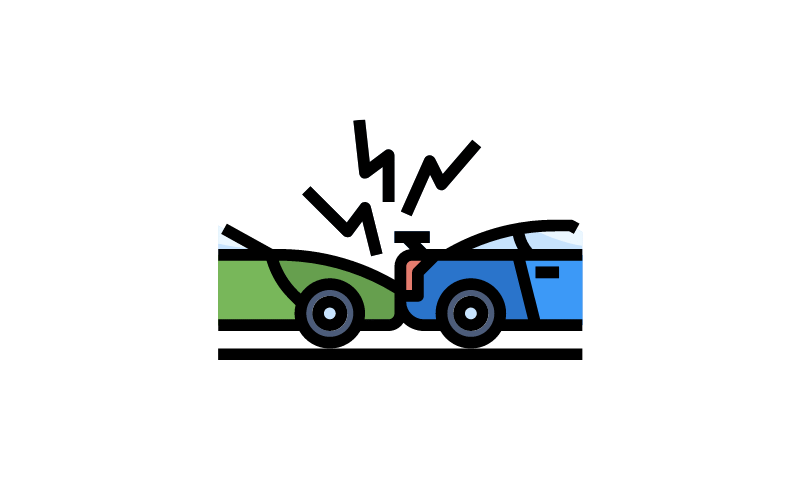
Rear End Collisions Whose Fault Third Party Claims
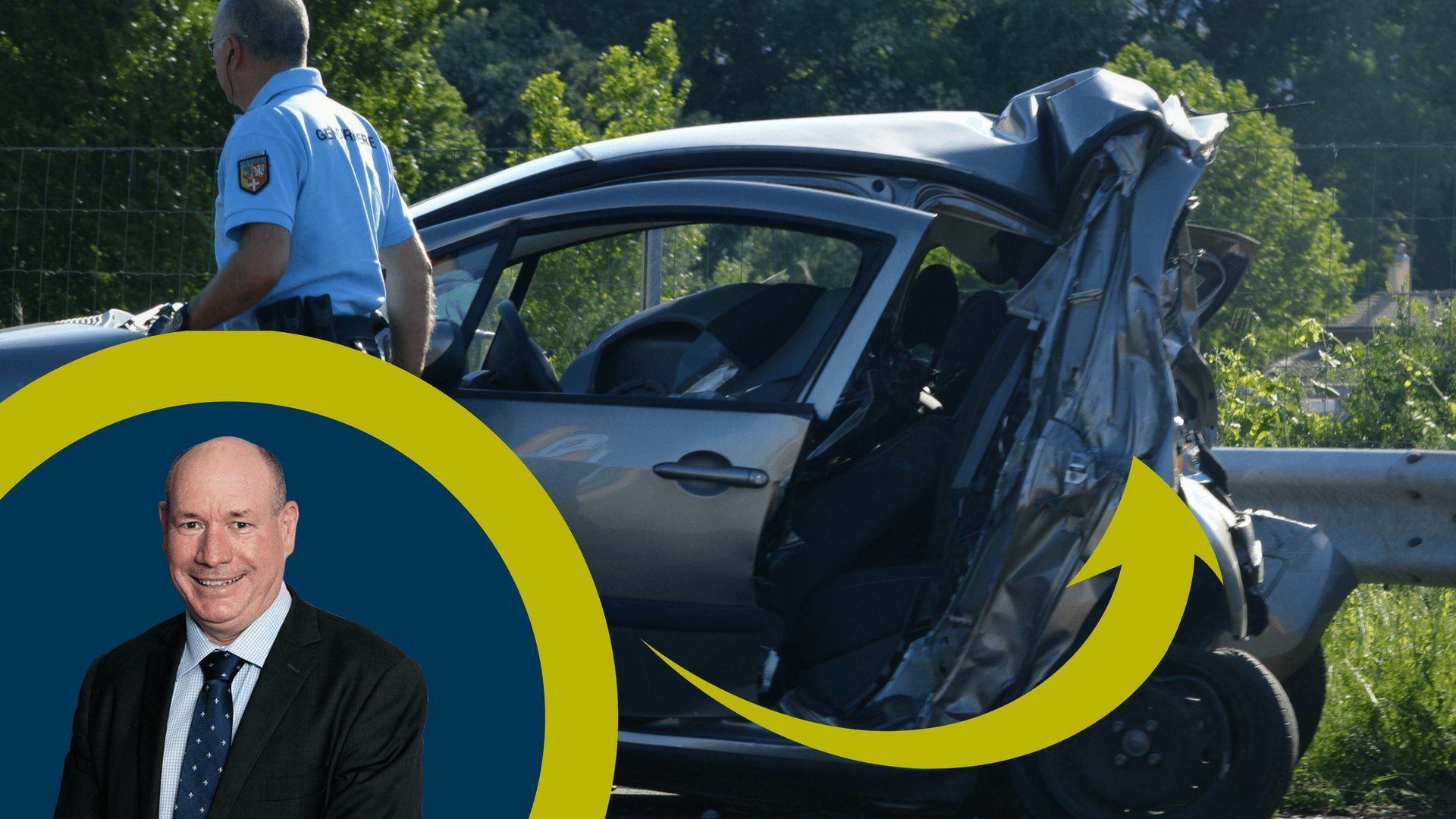
Rear End Collision Why You Might Not Be At Fault Mcw Legal
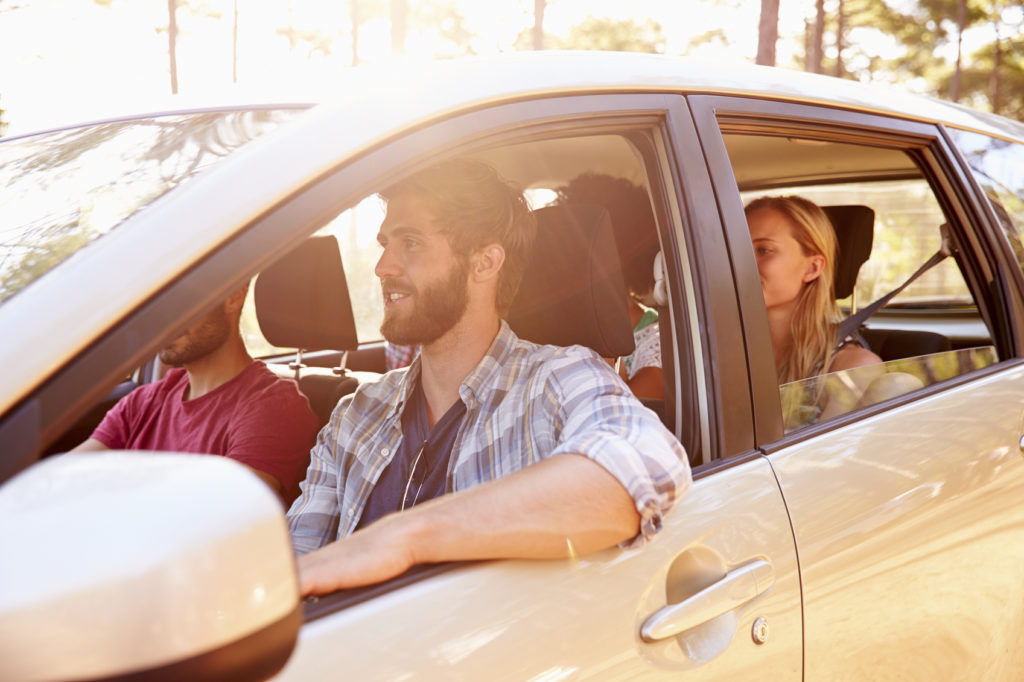
Passenger In A Car Accident Without Insurance In Nsw

What Information Should Be Exchanged After A Car Accident In Georgia John Foy Associates

Multiple Vehicle Collision Wikipedia
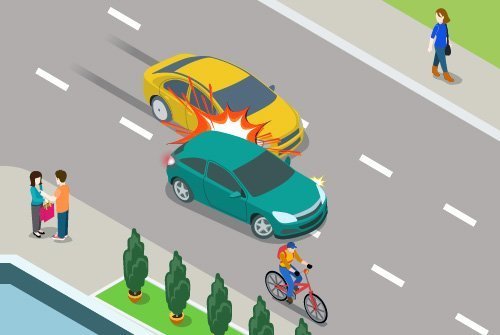
Who Is At Fault In A Sideswipe Accident Distasio Law Firm
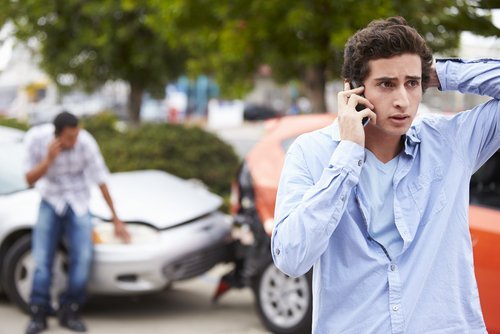
Who Determines Fault In An Auto Accident Car Accidents Ben Crump
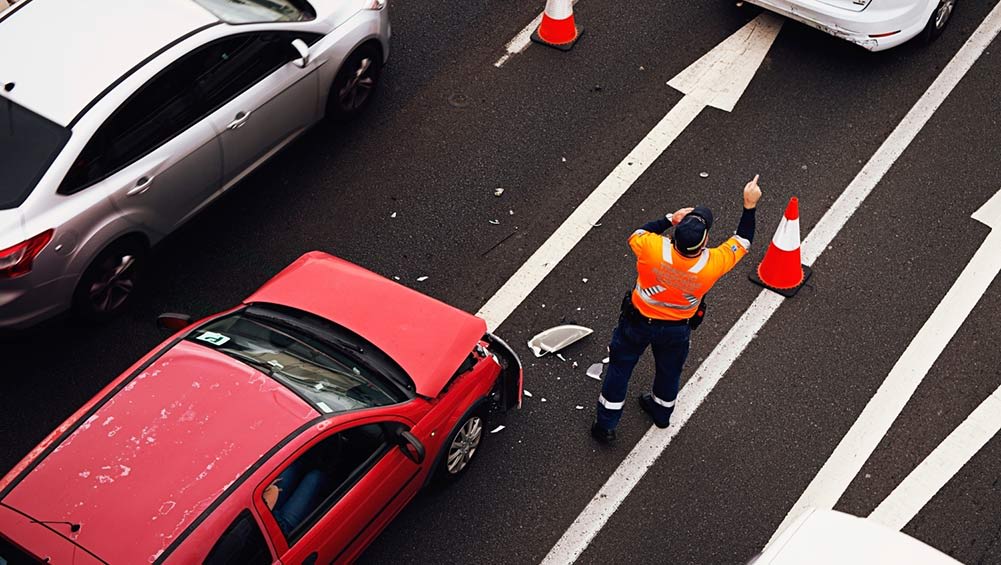
What To Do After An Accident Carsguide
Rear End Collisions Whose Fault Third Party Claims

Someone Slams On Their Brakes And You Hit Them Is It Your Fault

Are You At Fault If Someone In Front Of You Brakes Suddenly Gino S

Why Insurers Write Off Your Car Rather Than Paying For The Repair The Globe And Mail

Fault Determination After An Accident What You Should Know Insurancehotline Com

Who Is At Fault For A Sideswipe Accident Simmons And Fletcher P C

Who Is At Fault In A Rear Ended Collision Gordon Gordon Law Firm

Parking Lot Collisions Whose Fault Is It Insurancehotline Com
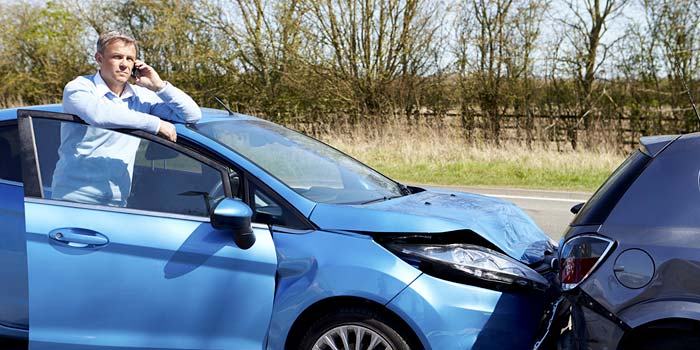
What To Do After A Minor Car Accident Farm Bureau Financial Services

